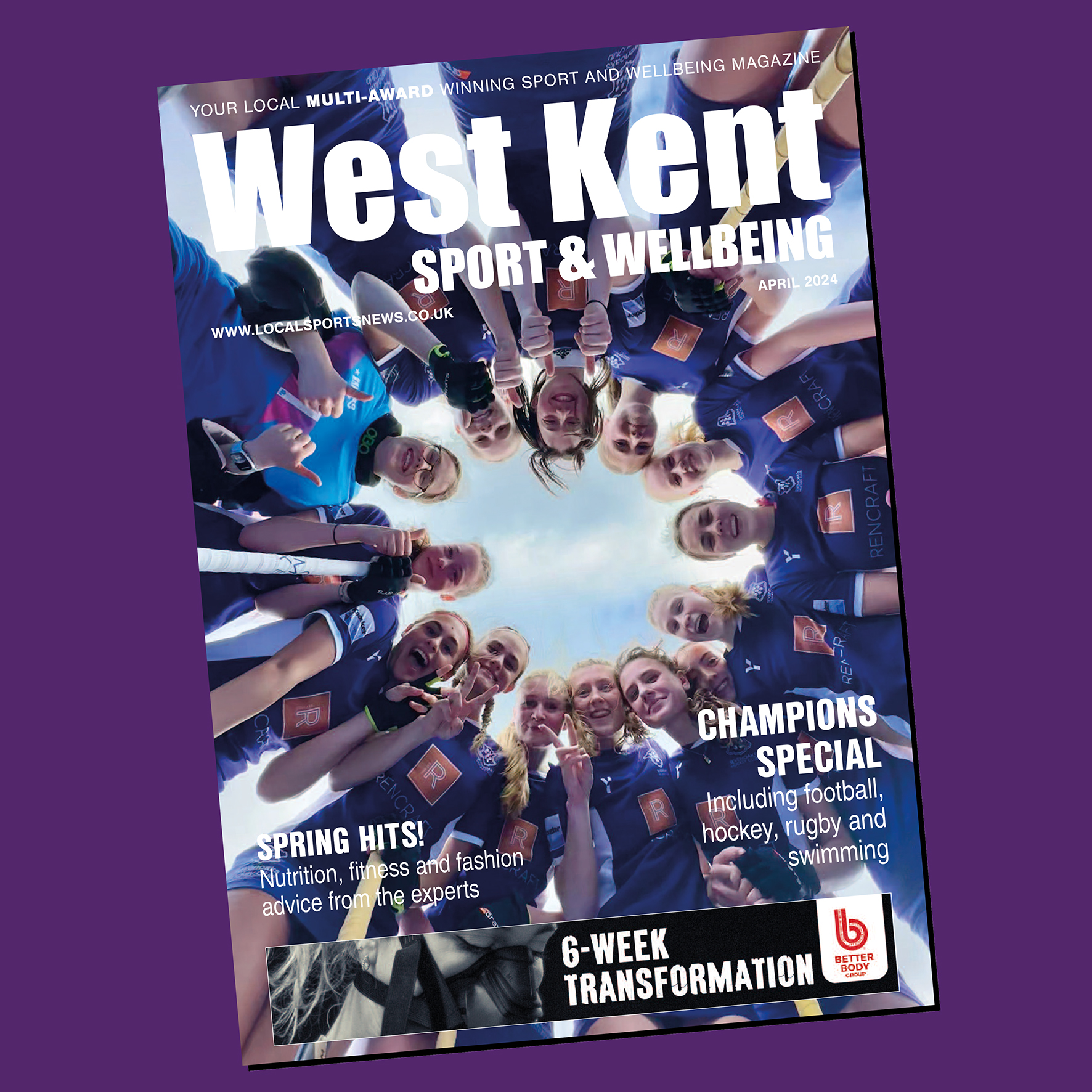Plantar fasciitis is the bind of many. Almost everyone has either suffered or knows someone who has! This nasty condition causes pain on the bottom of your heel when you stand and can stop you enjoying so many of the activities you love.
In this article I am going to try to help you recognise this pesky pain, identify possible causes, debunk a few myths, and most importantly tell you how you can help yourself get better.
What is plantar fasciitis?
Plantar fasciitis is common, with one in 10 suffering in their lifetime in the UK. Almost always it begins with pain in the heel of one foot, and bilateral onset should always be treated suspiciously as a sign of something more serious.
Some will remember exactly when and where the pain started, even many years later, and this could be a sign of a plantar fascia tear, which may need treating differently. True Plantar fasciitis will appear gradually, often noticed one unsuspecting morning on first step from bed.
 Generally, it eases off with activity and returns with rest. As things worsen, sufferers spend more and more time in pain and can walk with a limp. Feelings of numbness, pins and needles or electric shocks could be a sign of a pinched nerve and should be assessed professionally.
Generally, it eases off with activity and returns with rest. As things worsen, sufferers spend more and more time in pain and can walk with a limp. Feelings of numbness, pins and needles or electric shocks could be a sign of a pinched nerve and should be assessed professionally.
Why am I suffering?
This question is often over complicated by sufferers on online forums, and by professionals alike. When really it is quite simple for almost all: ‘Doing too much too soon, after too long doing too little’.
What does this mean? Either you are the fitness enthusiast who has suddenly increased the amount or type of exercise performed without time to customise. Or the couch-potato who has put on some timber at Christmas and decides to get fit in time for their summer holiday. Too much exertion too quickly. Every part of our body needs to adapt and grow stronger as we increase our activity.
If your plantar fascia starts complaining, it was just the weakest link in the chain. Just as if your Patella tendon, or your Achilles were the weakest link, they would complain first! But there are some other factors to consider. If you have a weakness, these may be the straw to break the donkey’s back:
• Old worn-out trainers – running shoes have a life span of only 100-500miles, you need new ones regularly.
• Unsupportive shoes – ballet pumps or flip flops are not designed for walking any distance! Pick the appropriate shoes for the chosen activity.
• No pain no gain? Don’t run until it hurts, make gradual increases in training load, be deliberate and calculating about it. It is recommended you only increase your load by 10% per week.
• Tight calves – evidence suggests that when calves are tight enough to restrict ankle movement this increases plantar fascia tension.
• Poor big toe movement – this can be either functional or structural, but it will lead to compensation during gait.
• Funnily enough often people believe a flatter foot will cause Plantar Fasciitis, but nearly as many people with high arched feet suffer too.
What can I do?
There are magic treatments and self-help regimes everywhere for Plantar Fasciitis, I like to put these into two categories: 1) Symptom relief and 2) Repair and recovery
Pain killers and anti-inflammatories are obvious symptom relief, but what most people don’t realise is so are most stretches, all forms of massage (no matter how vigorous and well sold), icing, rolling on frozen bottles or spiky balls, taping and arch supports or most orthotics are all only offering short-term symptom relief.
Repair and recovery is best achieved by identifying what overloaded the Plantar fascia in the first place, and reducing it (not necessarily stopping altogether). Then gradually day by day perform strengthening exercises to increase your tolerance to activity for future. Remember, good nutrition and good sleep all improve recovery. We also know smoking and too much alcohol decrease your body’s ability to repair. So make these all a priority.
Some people will still need some professional help, whilst injections used to be the doctors preferred choice, these now should only be done on specific cases and ultrasound guided for accuracy. Platelet rich plasma injections offer an alternative, encouraging tissue to self-repair and regenerate but Shockwave therapy is the go to treatment modality, reliably curing 75-80% of patients in three applications.
• Liam Stapleton BSc PGc MFPM RCPS(Glas) is a specialist in Podiatric Sports Medicine with clinics at Benenden in Cranbrook & Chislehurst, and soon to be offering clinics at KIMS Maidstone & Sevenoaks. For further information please visit www.kentsportspod.com.






